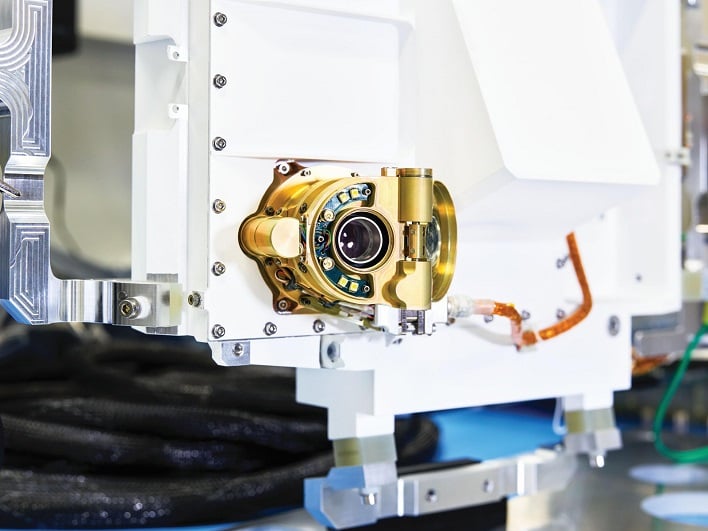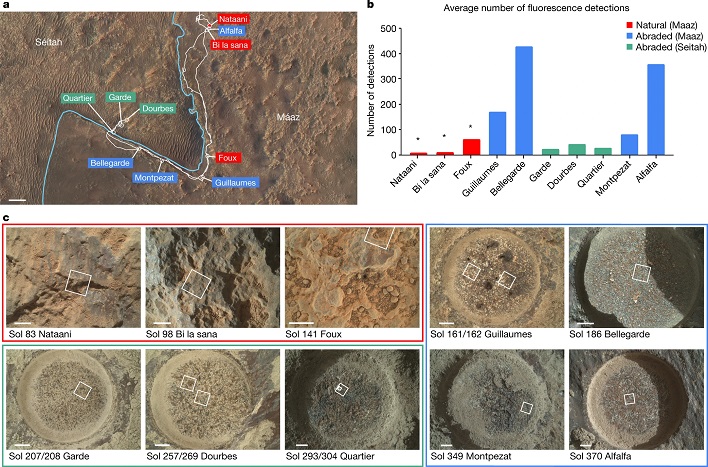Life On Mars? NASA's Perseverance Rover Makes Exciting Organic Discovery On Red Planet
Perseverance has been hard at work since landing on the surface of Mars. The rover has slowly trekked its way across the Martian surface sending back incredible imagery of the planet, along with collecting rock samples that are to be sent back to Earth in order for scientists to further study them. But before those samples ever leave the surface of Mars, Perseverance is already hunting and analyzing samples of the Martian surface with one of its scientific instruments, called SHERLOC, in hopes of finding signs of past life on Mars.
It is from samples found and analyzed by SHERLOC that a research team recently reported finding evidence of organic molecules in the Red Planet's Jezero Crater. The finding potentially provides evidence of Mars' carbon cycles and the planet's ability to host life.

According to a research paper in the journal Nature, the researcher's findings suggest that there could be a diversity of aromatic molecules common on the Martian surface, and these materials survive in spite of exposure to the harsh Martian environment. The potential organic molecules are mainly found within minerals that are connected to aqueous processes. This points to the processes possibly having a key role in organic synthesis, transport, or preservation.
In an interview with Newsweek, Joseph Razzell Hollis, a postdoctoral fellow at London's Natural History Museum and co-author of the new paper, remarked, "They are an exciting clue for astrobiologists since they are often thought of as building blocks of life."

Razzell Hollis does point out, "Importantly, they can be created by processes not related to life as we know it, and so organic molecules are not evidence of life on their own without sufficient extra evidence that cannot be explained by nonbiological - or abiotic - processes."
The area where Perseverance found the samples in the Jezero Crater is believed to once have been a lake basin that could have supported life. The authors of the research say the rover detected signatures in the Jezero Crater floor rocks that are consistent with a variety of different organic molecules containing one or two rings of carbon.
"While these kinds of molecules can occur naturally through pure nonbiological processes and are therefore not evidence of past life, they are still exciting to discover because they highlight the variety of organics that may have survived on Mars even after billions of years of degradation," added Razzell Hollis.
There is no doubt that NASA and the many teams of independent researchers working with the samples and data being sent back by Perseverance will continue to search for evidence of past life on the Red Planet. And as Razzell Hollis poignantly points out, once NASA is able to retrieve and send back to Earth the multitude of core samples the rover has collected, "We will be able to study them in far greater detail than the rover is capable of and hopefully answer some of the bigger questions about whether or not Jezero once contained the building blocks of life." He concluded, "But most importantly, we will know exactly where each of these samples came from on Mars."

